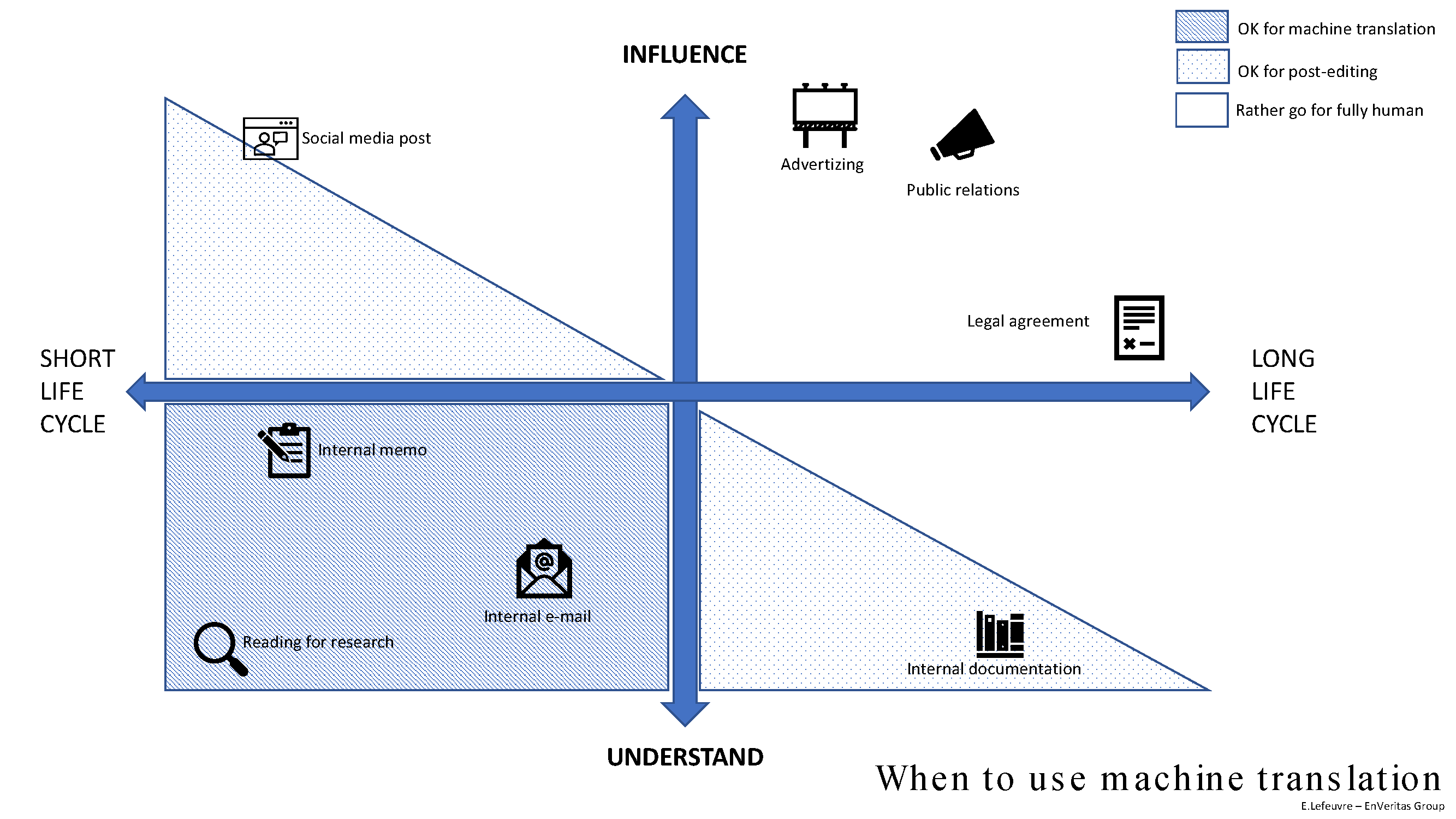Google’s New Guidelines for Mobile
If you’re a smartphone user, you already know how quickly your phone becomes something you can’t imagine living without. You’re not alone. Over half of American adults own a smartphone, and this number increases with each passing year.
Given the ubiquity of connectivity, it’s not surprising that mobile phones have a huge impact on commerce. Consumers increasingly rely on  mobile interactions to choose restaurants, book hotels and purchase goods. It’s never been more important to optimize your site for mobile users. Consider:
mobile interactions to choose restaurants, book hotels and purchase goods. It’s never been more important to optimize your site for mobile users. Consider:
- 25% of mobile users shop online (Prosper Mobile Insights, 2012)
- Bad site experiences make 40% of users turn to competitors (Compuware 2012)
And it’s not just the users judging if your site is mobile-friendly—under Google’s recently announced mobile guidelines, sites that are not optimized in a few key ways for mobile may be demoted in search results.
So what’s Google after? Here’s what they’ve announced:
Responsive Web Design: Google recommends using responsive web design so your site serves all devices on the same set of URLs. To make pages accessible, legible and attractive on all devices, Google promotes liquid layouts and media queries.
Reduced, Tailored Content: A basic tenet of mobile design: offer the most relevant, pared-down information possible. Taking it a bit further, Google now avoids showing a horizontal scrollbar, regardless of the size of the window.
No Errors: Google has identified two common errors that send rankings plummeting: faulty redirects and URL-based errors.
- Test out your mobile site on multiple mobile devices.
- Make sure certain desktop pages don’t redirect to the mobile homepage instead of the pages users are trying to reach.
- If setting up a separate mobile site, make sure that desktop pages do not redirect to mobile URLs that produce an error messages.
If you ensure your site adheres to these guidelines, you can expect:
Increased Traffic: Having a well-optimized site pushes you higher in Google search rankings. If your mobile site is relevant and error-free, all that increased traffic should translate into increased conversions.
Competitive Edge: If you’re up on your mobile trends and your competitors are not, you’ll be miles (and Google pages) ahead. The 40% of users who leave a bad mobile site for a competitor will be flocking to yours.
A Reputation for Good Customer Service: If your site is hard to navigate via smart phone or has frustrating page errors, your mobile customers will assume that they are not a priority for you, which is definitely not the impression you want to give.
If your business doesn’t currently have a well-defined mobile strategy in place, you’re missing out on a large market. Even if you do have a well-defined mobile strategy, keeping up with the latest in Google’s activities is a must. As mobile usage continues its upward ascent, companies that don’t put “mobile first” might just find themselves coming in last.
Sarah Hamilton – SEO Writer / Editor




